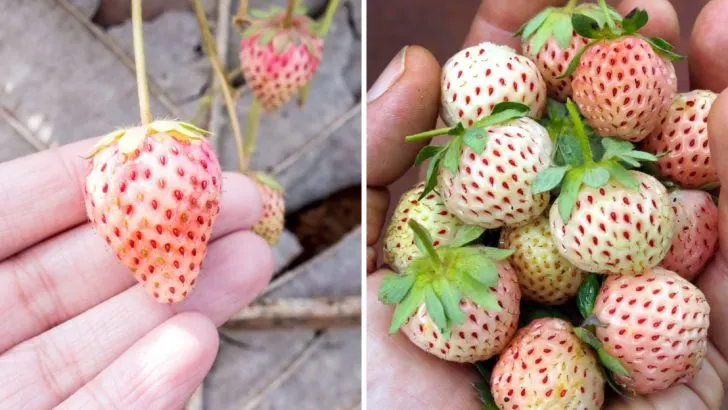Pineberries might look like pale, backward strawberries, but their flavor is a whole different story—sweet, slightly tart, with a subtle hint of pineapple. These unique little berries have been gaining popularity in recent years, and it’s not hard to see why. They’re eye-catching, full of personality, and surprisingly easy to grow with a bit of guidance.
If you’ve been curious about adding something different to your garden or patio containers, pineberries are worth considering. They don’t require exotic conditions or tons of space—just a bit of patience and the right setup. Here’s a straightforward breakdown of how to grow them successfully, step by step.
Choosing the Right Location
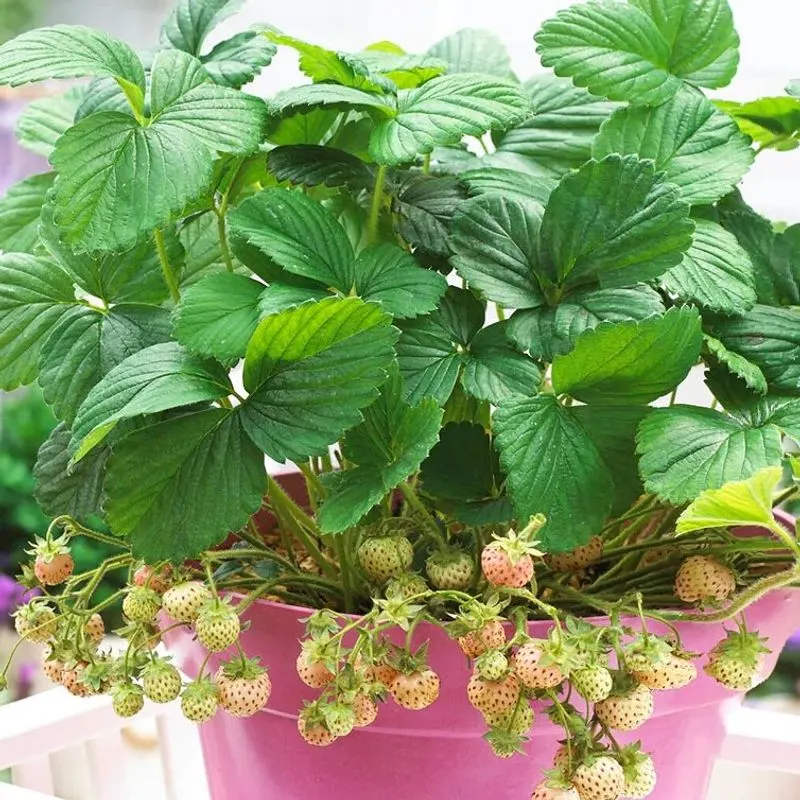
Finding the perfect spot for your pineberry plants is like building a solid foundation for a house. Look for a location that receives plenty of sunlight, as these plants thrive in bright conditions. Ensure the soil is well-drained and rich in organic matter to provide the nutrients needed for healthy growth. Consider using raised beds if drainage is a concern. Think of it as giving your plants a head start towards flourishing. Remember, a happy plant begins with a happy home!
Preparing the Soil
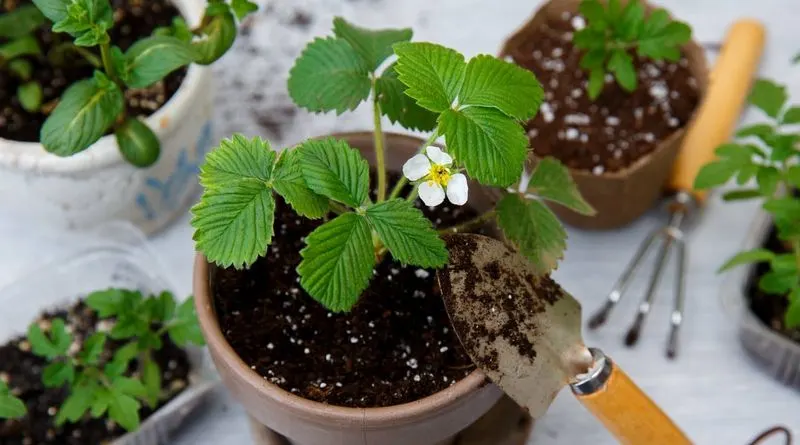
The secret to successful pineberry cultivation lies beneath the surface. Start by testing your soil’s pH, aiming for a slightly acidic range of 5.5 to 6.5. If adjustments are needed, incorporate lime or sulfur accordingly. Enhance the soil’s fertility by mixing in well-rotted compost or manure. This process creates a nutrient-rich environment that supports vigorous plant growth. Treat your soil preparation as a nurturing act that lays the groundwork for bountiful yields. It’s all about creating a nourishing sanctuary for your budding pineberries.
Selecting Quality Pineberry Plants
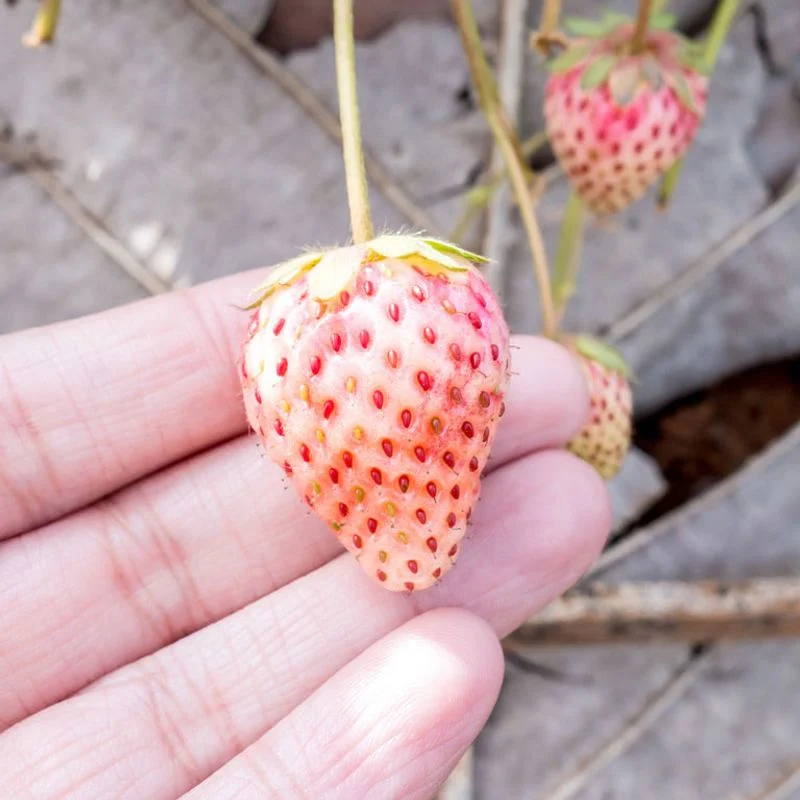
When it comes to choosing pineberry plants, quality is key. Visit a reputable nursery and look for healthy, vibrant specimens that promise fruitful returns. Inspect each plant for signs of disease or pests, ensuring you’re starting with the best possible candidates. The joy of selecting the right plants is akin to picking the best ingredients for a gourmet dish. With high-quality starters, your pineberry journey is bound to be a sweet success. Consider it an investment in your garden’s future bounty.
Planting Pineberry Runners
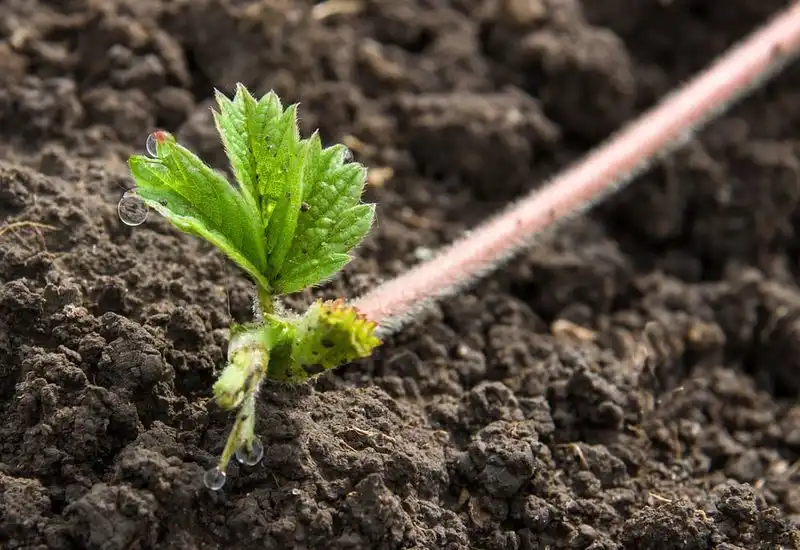
Planting pineberry runners is like setting the stage for a garden performance. Space each runner about 12 inches apart, giving them room to spread and flourish. Gently place the roots into the prepared soil, covering them lightly while keeping the crown exposed. This careful attention to planting depth ensures that your runners establish themselves firmly. Think of it as choreographing a dance where each plant has its space to grow and shine. A well-planted runner is a step towards a thriving pineberry patch.
Watering Techniques
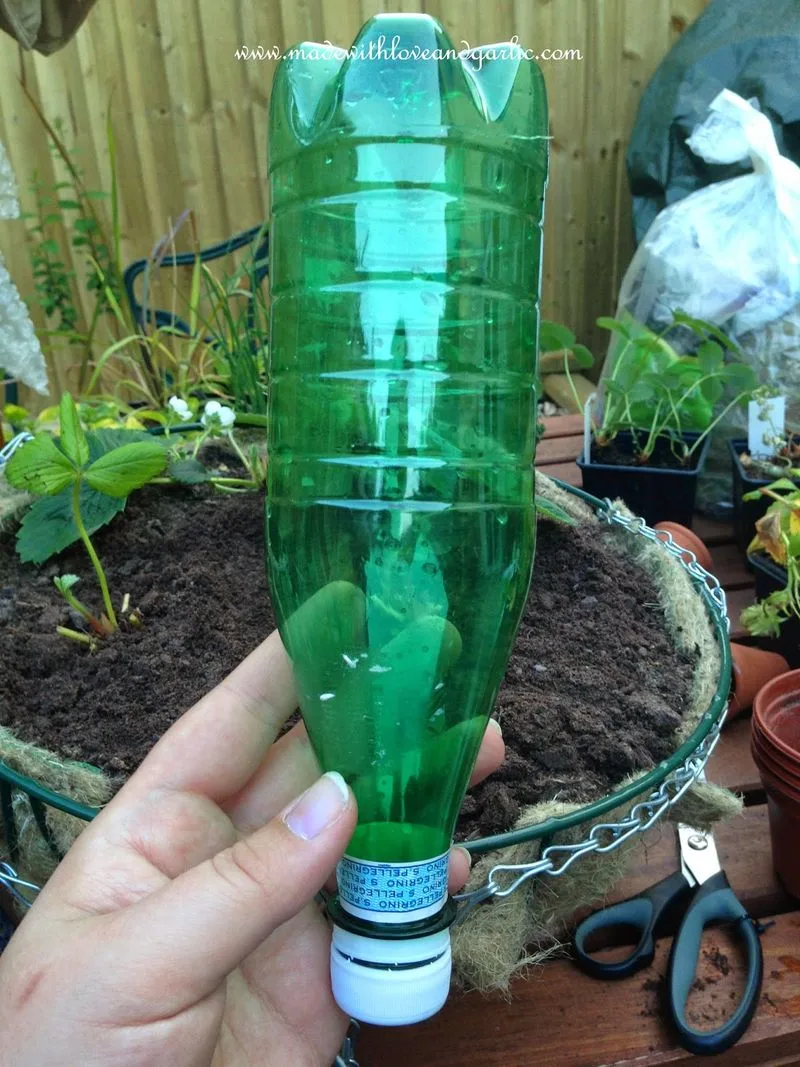
Watering pineberries requires a delicate touch, much like nurturing a delicate flower. Aim for consistent moisture, keeping the soil damp without becoming waterlogged. Early morning watering is ideal, as it allows the foliage to dry out during the day, reducing the risk of disease. Consider using drip irrigation for precise and efficient hydration. The rhythm of watering is akin to a gentle lullaby that sustains your plants. Mastering this technique ensures that your pineberries grow strong and healthy.
Mulching for Moisture Retention
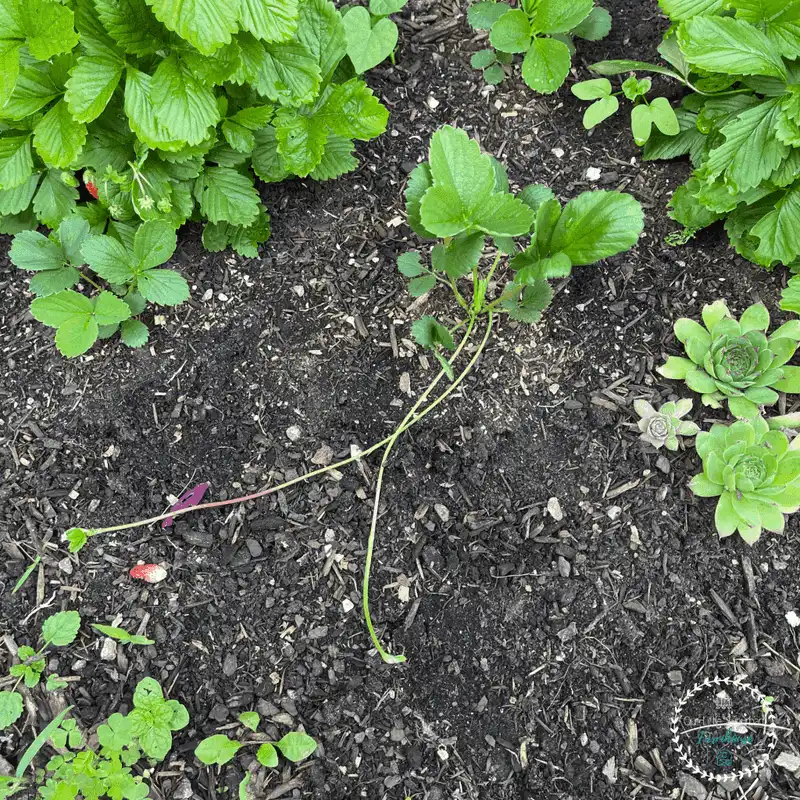
Mulching is the unsung hero of the garden, quietly working to conserve moisture and suppress weeds. Apply a layer of organic mulch, such as straw or wood chips, around your pineberry plants. This acts as a protective blanket, shielding the soil from evaporation and maintaining consistent moisture levels. Think of it as tucking your plants in for a restful night’s sleep. Mulching not only benefits the plants but also enhances the overall aesthetics of your garden. It’s a practice that ensures thriving plants.
Fertilizing Pineberries
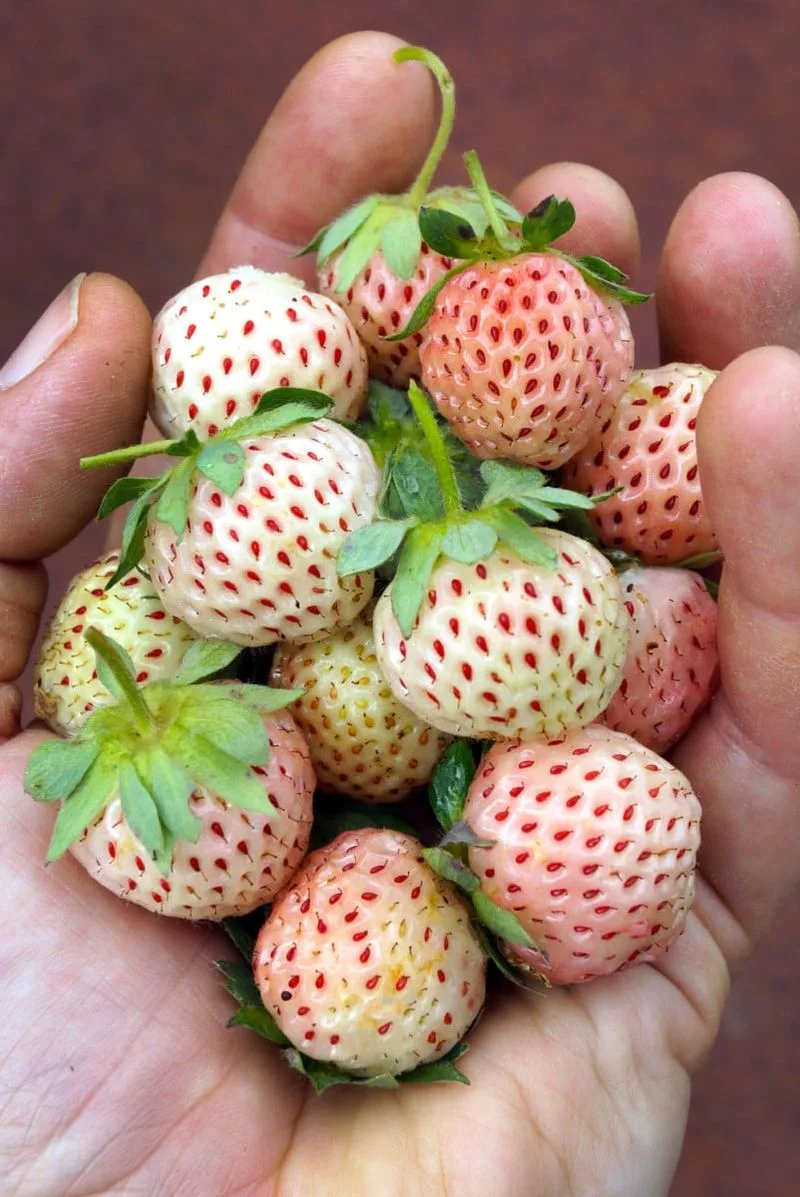
Nourishing your pineberries with the right fertilizers is akin to fueling an athlete before a race. Use an organic fertilizer high in potassium and phosphorus to encourage fruit development. Apply it during the growing season to provide a steady supply of nutrients. Think of fertilizing as giving your plants a vitamin boost that keeps them vigorous and productive. The secret lies in balanced nutrition that supports robust growth and bountiful harvests. Proper fertilization is the key to juicy, flavorful pineberries.
Pest and Disease Management
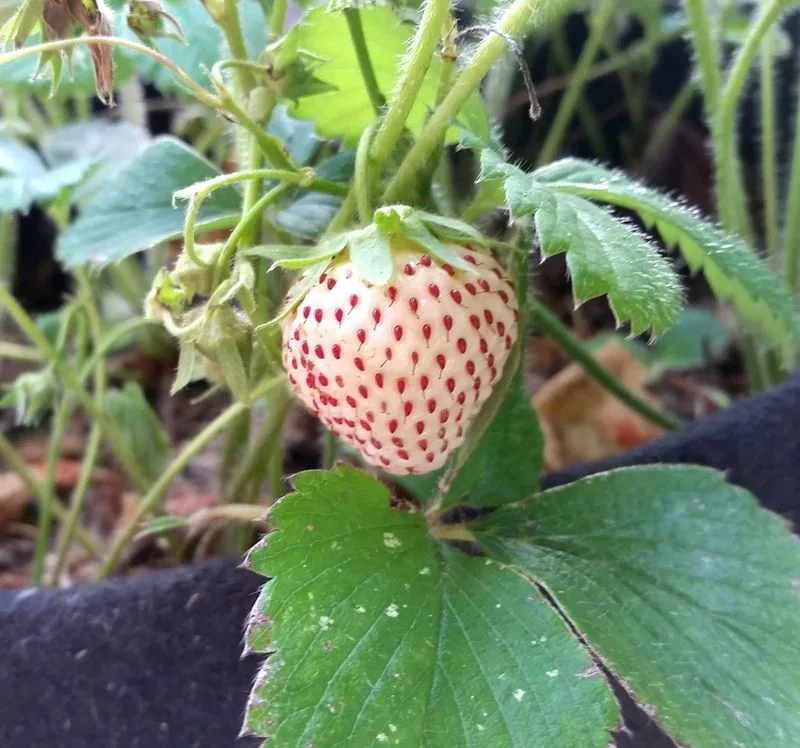
Managing pests and diseases in your pineberry patch is like being a vigilant guardian of your garden. Regularly inspect your plants for signs of trouble, such as discolored leaves or unusual spots. Employ natural remedies, like neem oil, to tackle insects without harming the environment. Keeping your garden clean and debris-free reduces the risk of disease. Think of it as maintaining a healthy environment where your pineberries can flourish without threat. Vigilant care ensures a thriving garden.
Pruning Pineberry Plants
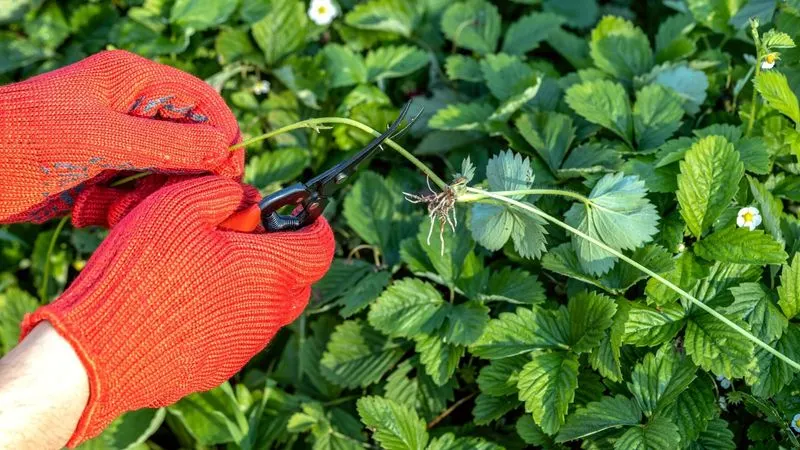
Pruning is the art of refinement, shaping your pineberry plants for optimum growth. Remove any dead or damaged leaves to allow for better air circulation and light penetration. This practice not only enhances the plant’s health but also improves fruit quality. Consider pruning as a gardener’s way of sculpting a masterpiece, where each snip encourages flourishing growth. Regular attention to pruning keeps your pineberries vigorous and fruitful. It’s about crafting a thriving environment for your plants.
Harvesting Pineberries
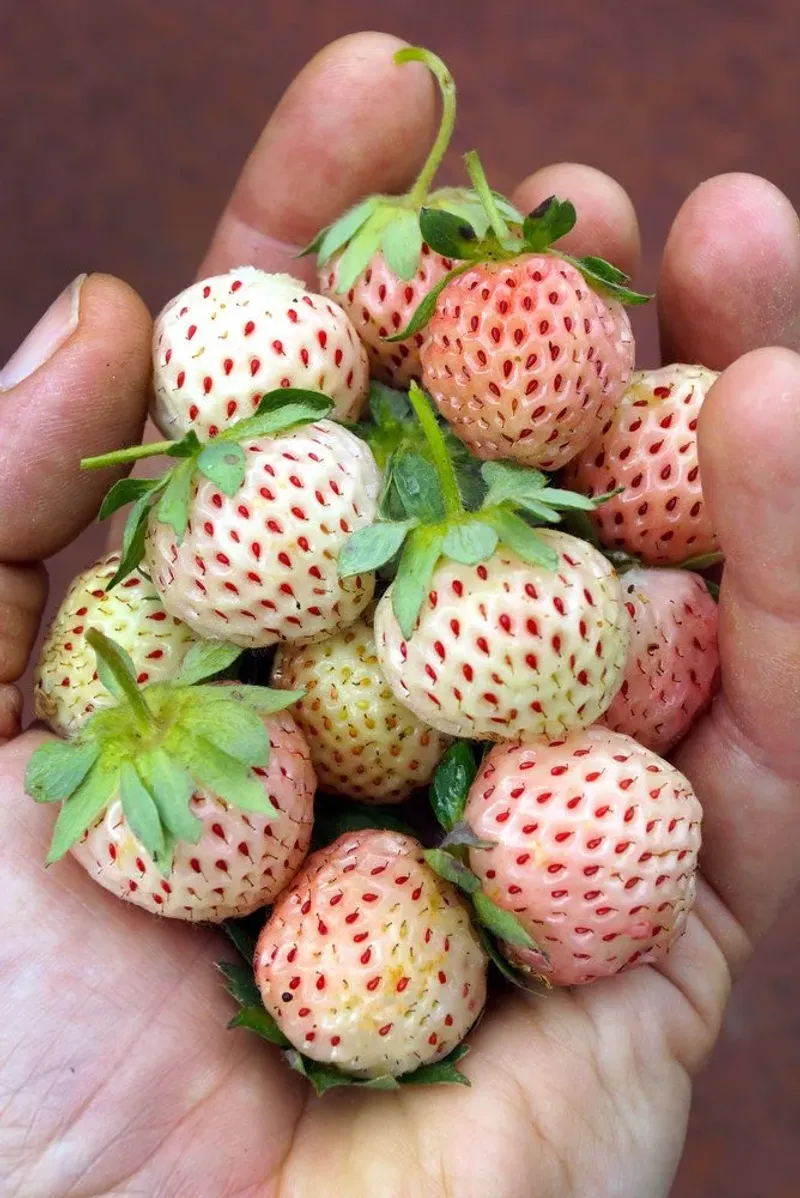
The joy of harvesting pineberries is the culmination of your hard work and dedication. Pick the berries once they have turned a pale pink with vibrant red seeds, indicating ripeness. Handle them gently to avoid bruising, savoring the moment of reaping what you’ve sown. The act of harvesting is like enjoying the fruits of a well-prepared feast. Relish the moment when your garden rewards you with nature’s sweet bounty. Harvesting marks the beginning of culinary adventures with fresh pineberries.
Storing Freshly Harvested Pineberries
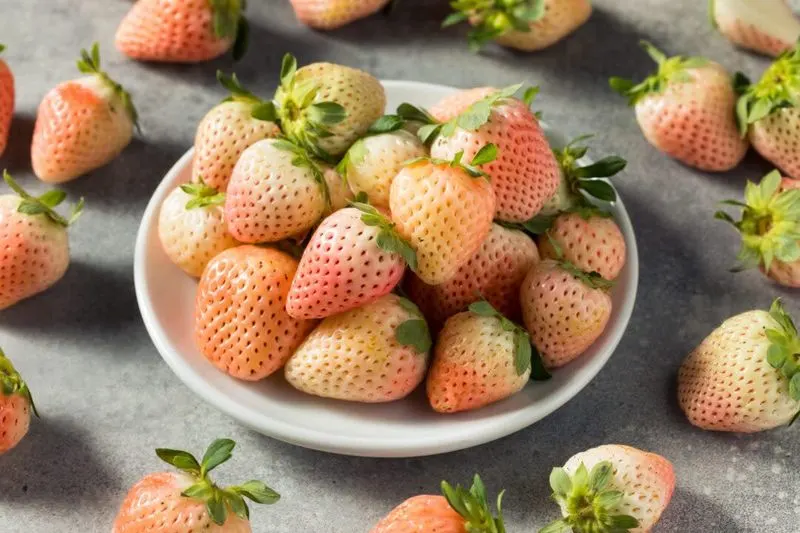
Storing your freshly harvested pineberries requires a gentle touch to preserve their delicate flavor. Place them in a single layer on a tray, avoiding overcrowding, and refrigerate promptly. Use within a few days to enjoy their peak freshness. Storing pineberries is like preserving a treasured memory, where each berry holds the season’s essence. Proper storage ensures you savor the unique pineapple-like taste long after picking. Consider freezing extras for later enjoyment, extending the pleasure of your harvest.
Enjoying Pineberries in Recipes
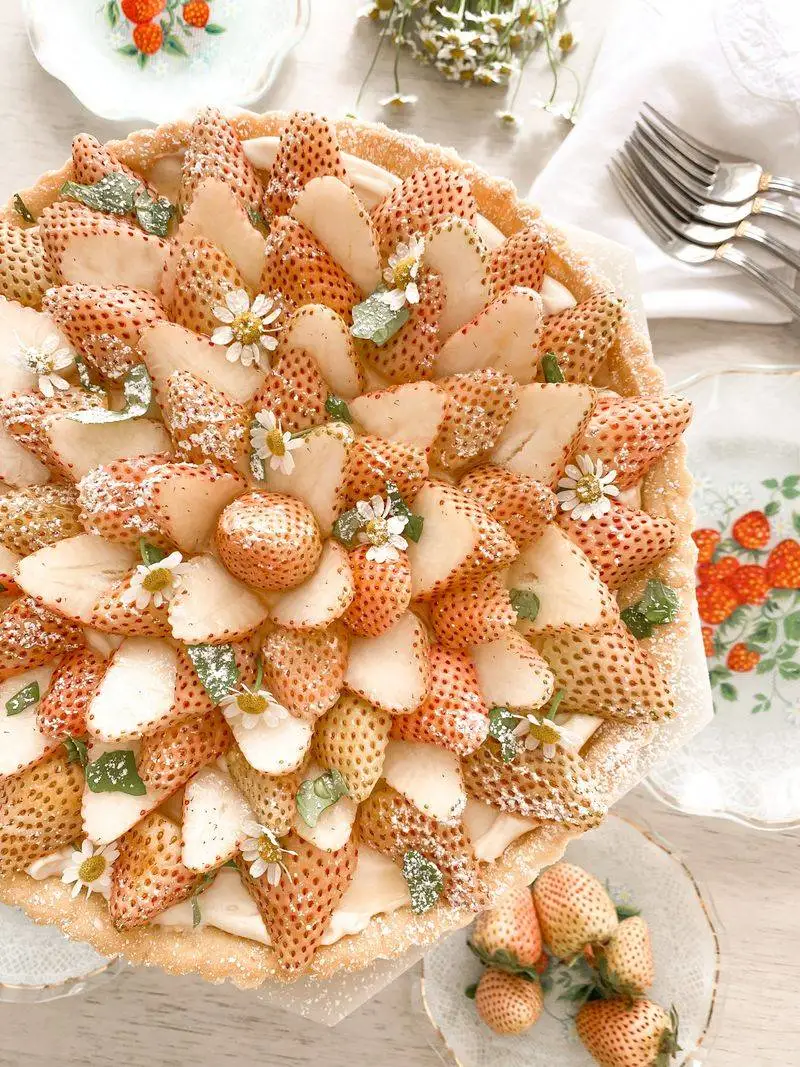
Transforming your harvested pineberries into delicious recipes is the ultimate reward. Their unique flavor lends itself to a variety of culinary delights, from fresh salads to decadent desserts. Experiment with dishes that highlight their distinct taste, like a pineberry tart or smoothie. The joy of cooking with pineberries is akin to painting with a new color palette, where each creation is a masterpiece. Embrace the versatility of these fruits in your kitchen adventures. Culinary creativity awaits with each delightful bite.

